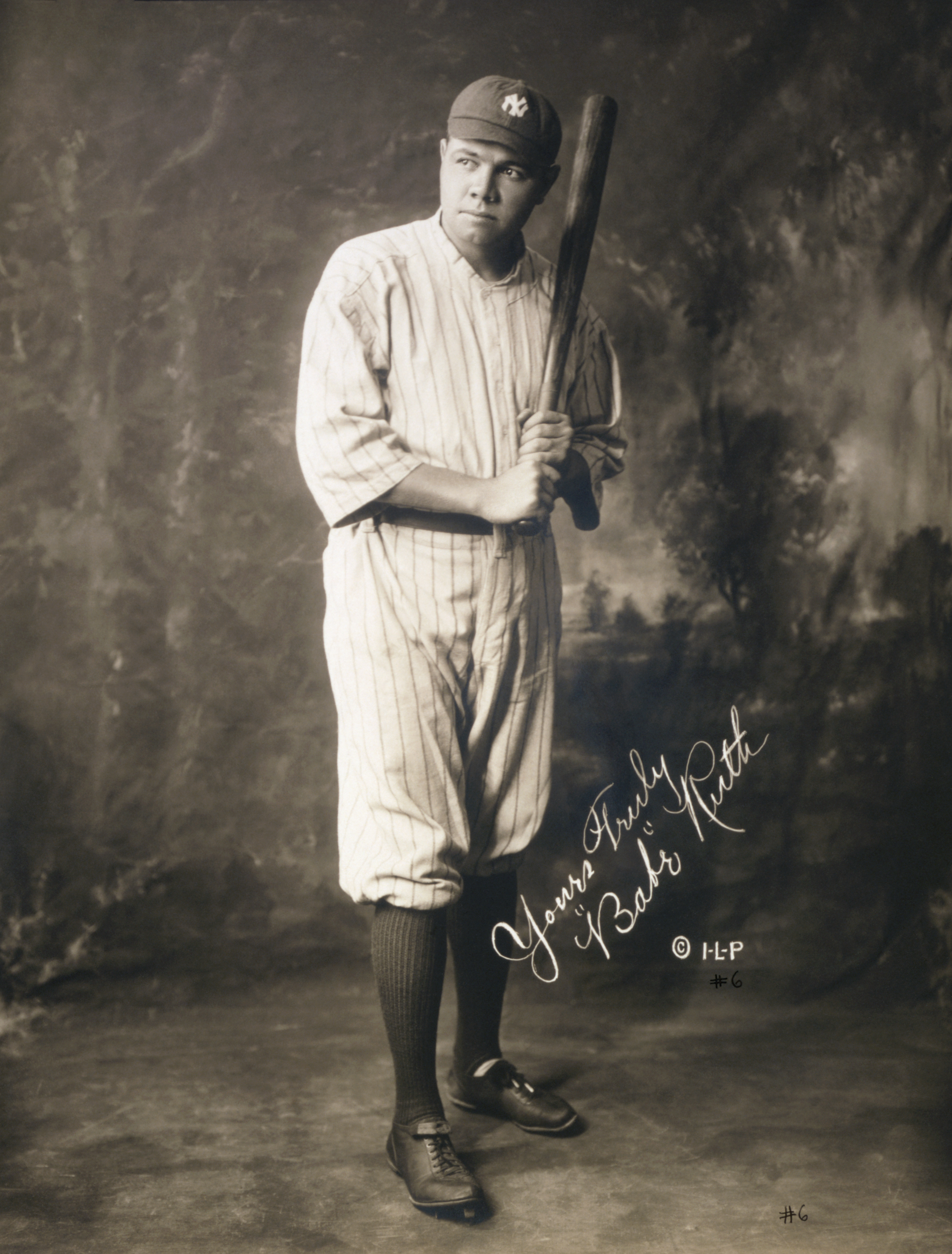
Why is Washington D.C. our nation's capitol? In Federalist #43, James Madison said we needed a capitol that was separate from a state in response to an attack on the Philadelphia location of Congress in 1783. Remember Madison. He'll come up again.
Fast forward to 1790. A dejected Alexander Hamilton just left a meeting with George Washington. Outside Washington's quarters, he met up with rival Thomas Jefferson. Hamilton explained that Washington didn't think there was enough support for Hamilton's plan of assumption (a plan where all of the nation's debt would be taken on by the federal government). So the story goes, Jefferson invited Hamilton and the main critic of assumption, James Madison, to his house for dinner. The three sat down and hammered out an agreement. Madison would not vote for assumption but would not criticize it so fervently. In exchange, the capitol would move to a location on the Potomac River.
Here's Jefferson's account:
They came. I opened the subject to them, acknowledged that my situation had not permitted me to understand it sufficiently, but encouraged them to consider the thing together. They did so. It ended in Mr. Madison’s acquiescence in a proposition that the question should be again brought before the House by way of amendment from the Senate, that tho’ he would not vote for it, nor entirely withdraw his opposition, yet he should not be strenuous, but leave it to its fate.
Hamilton got his financial plan and ten years later the capitol moved from Philadelphia to Washington D.C.
For more info: This and "the duel" post came from my favorite book; Founding Brothers by Joseph Ellis. I picked it up for a third time this week after being asked what my favorite book was by our school librarian. As a fun side note, I first read the book as a history undergrad. I wanted to study early America with Ellis. I looked him up and found he was a professor at Mt. Holyoke. I'm glad I realized Mt. Holyoke is an all girls school before I mentioned it to anyone.







